Reflective infrared sensor EN/ES
Things that interact through invisible phenomena are often exciting and attractive, at least for me. Exciting because two devices can interact at a distance without any visible physical contact and attractive because we can dispense with wiring which is often annoying, especially if we need to constantly move our involved devices.
In this context we have a lot of technologies and ways to establish a wireless interaction between two devices and of course infrared technology is among them, but today we will see an uncommon use for wireless technologies and that is the infrared reflective sensor.
Las cosas que interactúan mediante fenómenos invisibles suelen ser emocionantes y atractivas, al menos para mi. Emocionantes porque dos dispositivos pueden interactuar a distancia sin ningún contacto físico visible y atractivo porque podemos prescindir del cableado que suele ser molesto, especialmente si necesitamos mover constantemente nuestros dispositivos involucrados.
En este contexto tenemos una gran cantidad de tecnologías y modos de establecer una interacción inalámbrica entre dos dispositivos y por supuesto la tecnología infrarroja está entre ellas, pero hoy veremos un uso poco común para tecnologías inalámbricas y es el sensor reflectivo por infrarrojo.

Generally when using wireless technology of any kind we place the transmitter and receiver some distance apart and in most cases each is part of a separate device.
But a reflective sensor has both the transmitter and receiver on the same board, in fact they are closer to each other than to any other component in the circuit.
If we refer to infrared technology we can recall the example on linear use that was described in the article RB0 INTERRUPT ON PIC16F877A AT HIGH SPEED EN/ES from which I will borrow a couple of pictures for comparison.
In the first case the emitter and receiver are distant but aligned so that the emitted infrared light reaches the receiver without interruption, there must be nothing in the middle of the transmitted signal for this to occur.
Generalmente cuando usamos tecnología inalámbrica de cualquier tipo situamos el transmisor y el receptor a cierta distancia y en la mayoría de los casos cada uno forma parte de un dispositivo independiente.
Pero un sensor reflectivo lleva tanto el emisor como el receptor en la misma placa, de hecho están más cerca el uno del otro que de cualquier otro componente en el circuito.
Si nos referimos a la tecnología de infrarrojo podemos recordar el ejemplo sobre uso lineal que fue descrito en el artículo RB0 INTERRUPT ON PIC16F877A AT HIGH SPEED EN/ES del cual tomare un par de imagenes prestadas para comparar.
En el primer caso el emisor y el receptor están distantes pero alineados de manera que la luz infrarroja emitida llega al receptor sin interrupciones, no debe haber nada en el medio de la señal transmitida para que esto pueda ocurrir.
In a reflective sensor occurs in the opposite way, as both components are not aligned but are very close to each other, the phenomenon of reflection is used to make the receiver can capture the light beam if it bounces by the proximity of an object, in this case there will be a current flowing in the resistor and the photodiode.
En un sensor reflectivo ocurre de forma opuesta, como ambos componentes no están alineados pero si están muy cerca el uno del otro se aprovecha el fenómeno de la reflexión para hacer que el receptor pueda captar el haz de luz si este rebota por la cercanía de un objeto, en este caso habrá una corriente circulando en la resistencia y el fotodiodo.

In the second case when the emitter and receiver are aligned at a certain distance an interruption of the light beam would cause the photodiode to stop conducting and therefore provide a high output.
En el segundo caso cuando el emisor y receptor estan alineados a cierta distancia una interrupción del haz de luz provocaría que el fotodiodo deje de conducir y por lo tanto proporciona una salida alta.
In the case of a reflective sensor if there is no object nearby there will be no means to bounce the light beam and therefore it will not be received by the photodiode, in this case a high output is produced.
En el caso de un sensor reflectivo si no existe un objeto cercano no habrá ningún medio que haga rebotar el haz de luz y por lo tanto no sera recibido por el fotodiodo, en este caso se produce una salida alta.

This sensor has many important applications as a proximity sensor, it can even be used for intrusion detection alarms or sensor element in automatic systems.
But there is a particularity that can be exploited in a reflective sensor, and is the fact that the light beam arrives by reflection, so if there is something close and is black color will not be reflected because the black color absorbs infrared radiation preventing it from reflecting to the photodiode.
Among the things that can be done with this particularity are the line follower cars, yes, now we are making toys but Christmas is coming after all isn't it?
There are two ways in which you can take advantage of the on/off signal of a reflective sensor, the first taking the off signal to use it as an activation signal.
Este sensor tiene muchas aplicaciones importantes como sensor de proximidad, incluso puede ser usado para alarmas de detección de intrusos o elemento sensor en sistemas automáticos.
Pero existe una particularidad que puede ser aprovechada en un sensor reflectivo, y es el hecho de que el haz de luz llega por reflexión, entonces si hay algo cercano y es de color negro no sera reflejado ya que el color negro absorbe la radiación infrarroja evitando que se refleje al fotodiodo.
Entre las cosas que se puedan hacer con esta particularidad estan los carros seguidores de línea, si, ahora estamos haciendo juguetes pero viene navidad después de todo ¿no?
Hay dos formas en las que se puede aprovechar la señal on/off de un sensor reflectivo, la primera tomando la señal off para usarla como señal de activación.

When the photodiode is in cutoff the voltage appears at the base of the NPN transistor so it conducts and turns on the motor. When the NPN transistor base conducts it is switched to ground and therefore does not conduct causing the motor to turn off (Motor turns on when there is no reflection).
If we replace the NPN transistor by a PNP transistor the opposite effect will occur, then if we place two sensors each controlling a side motor when it detects the black line will turn off the motor and the opposite will keep it on the black line.
Cuando el fotodiodo está en corte el voltaje aparece en la base del transistor NPN por lo tanto este conduce y activa el motor. Cuando conduce base del transistor NPN es conmutada a tierra y por lo tanto no conduce haciendo que el motor se apague. (Motor enciende cuando no hay reflexión).
Si reemplazamos el transistor NPN por uno PNP ocurrirá el efecto contrario, luego si colocamos dos sensores controlando cada uno un motor lateral cuando este detecte la línea negra se apagará el motor y el opuesto lo hará mantenerse sobre dicha línea.

That is the principle of operation, but we are just establishing the basics of something much bigger, for now we just need to understand how the main sensor works and then we will look for ways to take advantage of the generated signals to create something attractive.
Next we are going to simulate both cases, we will take advantage that proteus has the CNY70 sensor, this allows to simulate a distance in millimeters, we will be able to see that when varying the distance each circuit will respond in opposite way.
Ese es el principio de funcionamiento, pero apenas estamos estableciendo los fundamentos de algo mucho más grande, por ahora solo nos basta entender cómo funciona el sensor principal y luego buscaremos formas de aprovechar las señales generadas para crear algo atractivo.
A continuación vamos a simular ambos casos, aprovecharemos que proteus cuenta con el sensor CNY70, este permite simular una distancia en milímetros, podremos ver que al variar la distancia cada circuito responderá de forma opuesta.
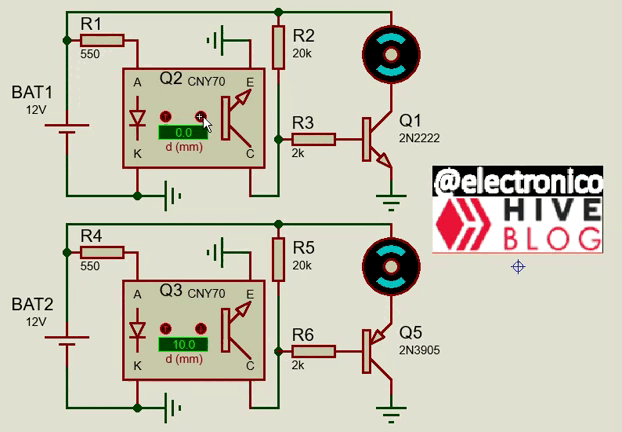
See you in the comments section.
Nos vemos en la sección de comentarios.
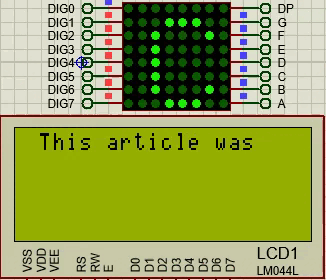
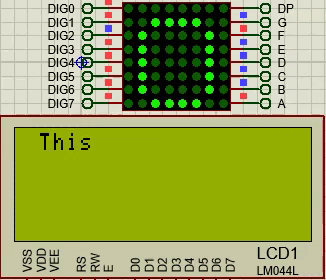
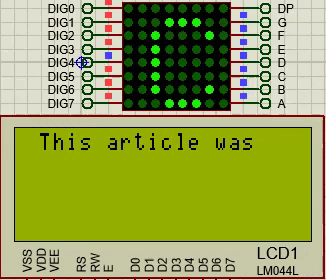
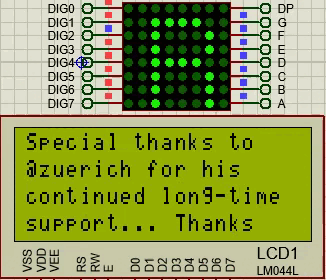








Yay! 🤗
Your content has been boosted with Ecency Points, by @electronico.
Use Ecency daily to boost your growth on platform!
Support Ecency
Vote for new Proposal
Delegate HP and earn more
Have a nice day🙋
TY 🙋♂️ Nice day for u too!
Thanks for your contribution to the STEMsocial community. Feel free to join us on discord to get to know the rest of us!
Please consider delegating to the @stemsocial account (85% of the curation rewards are returned).
Thanks for including @stemsocial as a beneficiary, which gives you stronger support.
Su publicación ha sido votada por @Edu-venezuela, se trasladará a otros proyectos de curación para obtener más apoyo. ¡Sigan con el buen trabajo!